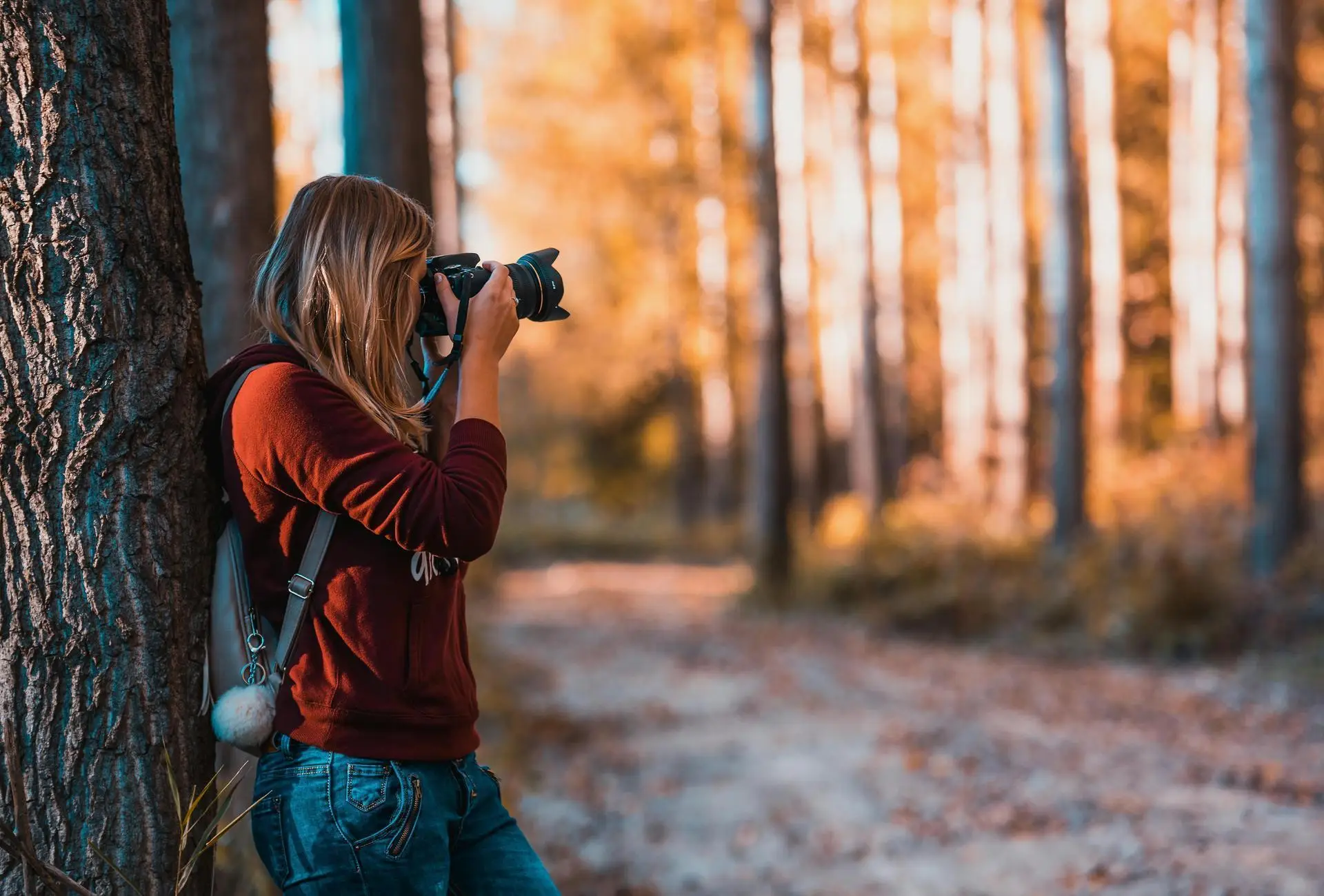Why Imperfections Make Photos More Memorable
In the era of high-resolution cameras and advanced editing tools, the pursuit of perfection in photography has become commonplace. However, it is often the imperfections in photos that make them stand out and leave a lasting impression. From unplanned moments to subtle flaws, these imperfections add authenticity, emotion, and uniqueness to images, making them more memorable than polished, flawless shots.
This article explores why imperfections can elevate photography, how they resonate with viewers on a deeper level, and why embracing flaws can lead to more meaningful and impactful images.
The Role of Authenticity in Photography
One of the key reasons imperfections make photos more memorable is their ability to convey authenticity. Authenticity in photography refers to capturing real, unfiltered moments that resonate with viewers on a personal level.
Why authenticity matters:
- Relatable imagery: Imperfect photos often reflect the reality of life, which is rarely flawless. This relatability creates a stronger emotional connection with the viewer.
- Genuine emotions: Unstaged moments, such as a candid laugh or a fleeting expression, evoke genuine feelings that polished photos may lack.
- Storytelling power: Imperfections can tell a story, offering a glimpse into the context or emotions behind the image.
By showcasing the raw, unfiltered truth, imperfect photos create a sense of honesty that makes them more impactful and memorable.
Imperfections Add Personality and Uniqueness
In a world saturated with images, standing out can be a challenge. Imperfections give photos a unique character that sets them apart from the sea of overly polished, generic images.
How imperfections create uniqueness:
- Unpredictable elements: Flaws like lens flares, motion blur, or uneven lighting can add a distinctive quality to photos that make them memorable.
- Human touch: Small mistakes, such as slightly off-center framing or unexpected color shifts, remind viewers of the human effort behind the image.
- Breaking the mold: Imperfect photos often defy conventional rules of photography, creating a fresh and unconventional perspective.
These unique qualities make imperfect photos more visually interesting and memorable than technically perfect ones.
Emotional Resonance Through Flaws
Imperfections in photos often evoke stronger emotions than flawless images. This is because flaws can amplify the emotional depth of a photo, making it more relatable and impactful.
Examples of emotional resonance through imperfections:
- Candid moments: A blurry shot of children playing in a park may capture the joy and energy of the moment better than a perfectly staged portrait.
- Raw vulnerability: A slightly overexposed photo of someone crying might feel more authentic and moving than a carefully edited image.
- Unpolished beauty: Imperfect photos often highlight the beauty in everyday life, celebrating the small, overlooked moments that resonate with viewers.
By embracing flaws, photographers can create images that connect with viewers on a deeper, more emotional level.
Imperfections Enhance Storytelling
Every photo tells a story, and imperfections can play a crucial role in shaping that narrative. Flaws in photography often provide context, add layers of meaning, and make the story behind the image more compelling.
How imperfections contribute to storytelling:
- Contextual clues: Elements like grainy texture or uneven lighting can evoke a sense of time, place, or atmosphere, adding depth to the story.
- Imperfect characters: Photos that capture people in natural, unguarded moments often reveal more about their personalities and emotions.
- Dynamic composition: Imperfections like asymmetry or unusual angles can create a sense of movement and energy, making the story more engaging.
Rather than detracting from the image, imperfections can enrich its narrative, making it more memorable and meaningful.
The Psychology Behind Memorable Imperfections
The human brain is wired to remember things that are different or unexpected. Imperfections in photos stand out because they deviate from the norm, capturing the viewer’s attention and leaving a lasting impression.
Psychological factors that make imperfections memorable:
- Novelty effect: Flaws like unexpected lighting or unconventional composition create a sense of novelty that makes the photo more memorable.
- Emotional triggers: Imperfections often evoke emotions like nostalgia, joy, or curiosity, which enhance memory retention.
- Visual interest: The brain is naturally drawn to irregularities, making flaws in photos more likely to be noticed and remembered.
By breaking away from perfection, photographers can create images that are not only visually striking but also unforgettable.
The Artistic Value of Imperfections
Photography is both a technical skill and an art form, and imperfections often contribute to its artistic value. Flaws can add texture, depth, and a sense of realism that enhances the overall aesthetic of a photo.
Artistic benefits of imperfections:
- Creative expression: Imperfections allow photographers to experiment with unconventional techniques and push the boundaries of traditional photography.
- Atmospheric effects: Elements like grain, vignetting, or chromatic aberration can create a mood or atmosphere that enhances the photo’s artistic appeal.
- Timeless quality: Imperfect photos often have a timeless, nostalgic feel that resonates with viewers across generations.
By embracing imperfections, photographers can create images that are not only memorable but also artistically compelling.
Imperfections in Iconic Photographs
Some of the most iconic photos in history are celebrated for their imperfections. These flaws often contribute to the emotional and historical significance of the image, making it unforgettable.
Examples of iconic photos with imperfections:
- “V-J Day in Times Square” by Alfred Eisenstaedt: The slightly blurred motion and imperfect framing of the sailor kissing the nurse add to the spontaneity and emotion of the moment.
- “Afghan Girl” by Steve McCurry: The imperfections in lighting and focus enhance the raw intensity of the subject’s gaze, making the photo unforgettable.
- Moon landing photos: The grainy quality and uneven lighting of these images add to their historical authenticity and emotional impact.
These examples demonstrate that imperfections can elevate photos, turning them into timeless works of art.
How to Embrace Imperfections in Your Photography
For photographers looking to create more memorable images, embracing imperfections can be a powerful strategy. Rather than striving for perfection, focus on capturing authenticity, emotion, and unique perspectives.
Tips for embracing imperfections:
- Experiment with techniques: Try using unconventional methods, such as shooting with film, experimenting with light leaks, or embracing motion blur.
- Focus on emotions: Prioritize capturing genuine moments and emotions over technical perfection.
- Accept flaws: Embrace mistakes as part of the creative process, and view them as opportunities to add character to your photos.
- Tell a story: Use imperfections to enhance the narrative and emotional depth of your images.
By shifting the focus from perfection to authenticity, photographers can create images that truly resonate with viewers.
Celebrating Imperfections in Photography
In a world that often equates perfection with quality, it’s important to recognize the value of imperfections in photography. Flaws can add authenticity, emotion, and uniqueness to photos, making them more memorable and impactful. Whether it’s a candid moment, an unconventional composition, or an unplanned flaw, these imperfections remind us of the beauty in imperfection and the power of genuine storytelling.
By embracing the unexpected and celebrating the imperfect, photographers can create images that leave a lasting impression and stand out in a world of polished perfection. Ultimately, it is the imperfections that make photos truly unforgettable.










